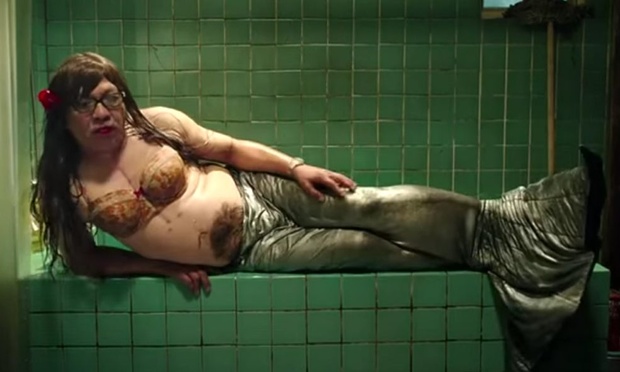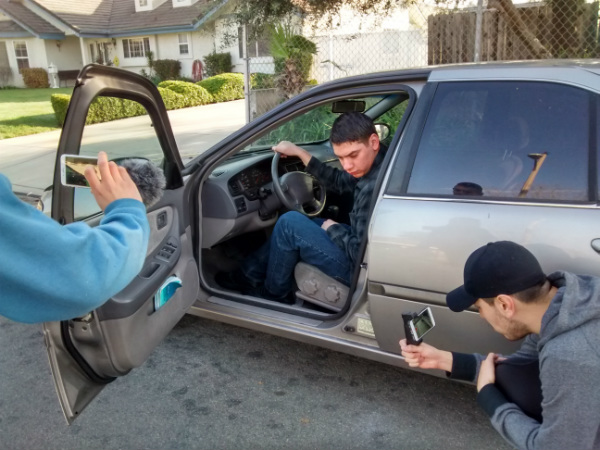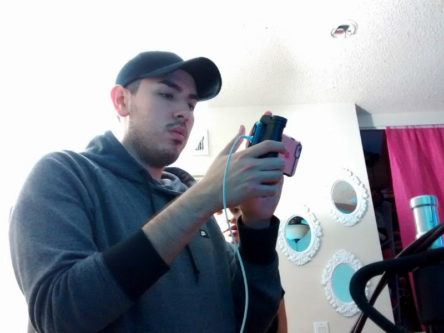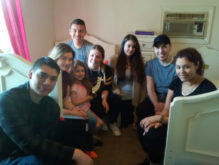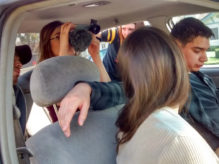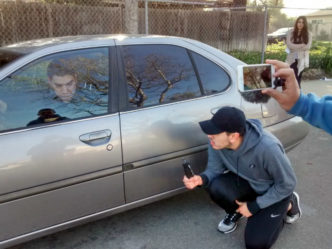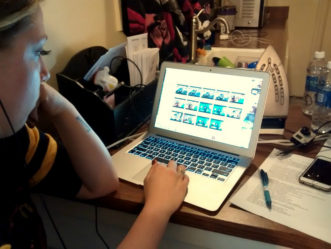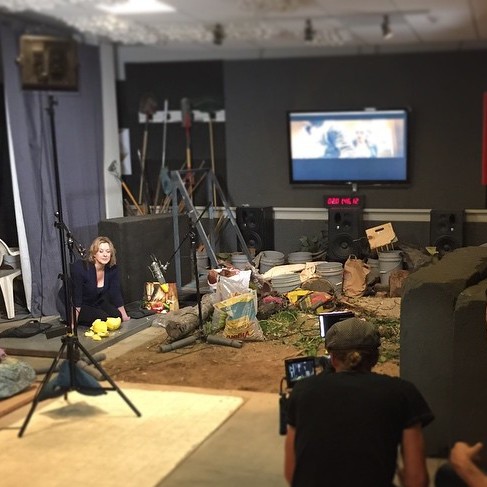Recently, I went to the movies twice in one week. As in bought a ticket and went into a theater for the cinematic experience. I know that doesn’t sound like a big deal, but as of late I’ve been hunkered down on my couch in a Netflix binge-coma, so it was a change of pace. These two foreign films couldn’t have been more different, yet they were satisfying in their own ways. If you get the chance, leap off the couch and go see them. Regardless of how outstanding your home entertainment system is, watching movies in the theater is far more captivating. (As long as you can find a theater without aggravating cell phone users.)
The Wave
A Norwegian disaster movie in the best possible sense. A tsunami strikes the gorgeous Geiranger strait. That’s right. A tsunami. In Norway. I had no idea this was possible! It’s gripping and intense as you identify with the plight of the main characters who are about to be swallowed up by an apocalyptic wave. Several times I clutched the arm of my moviegoing seatmate. Fortunately, we’re good friends and he’s been on the receiving end of my filmic freakouts before.
The Mermaid
Written and directed by Stephen Chow, the Mermaid is a goofy, funny and imaginative fantasy-romantic comedy. It’s grossed over $500 million and counting in China, making it the highest-grossing movie in the country of all time. If you loved the exuberant Kung Fu Hustle, you’ll get a kick out of the Mermaid’s comedic shtick tinged with dark sensibility.
